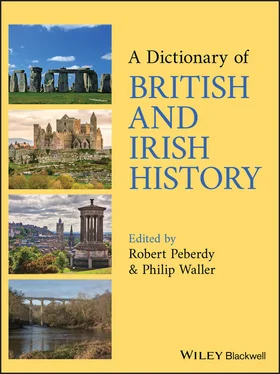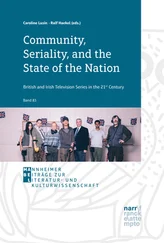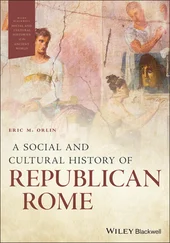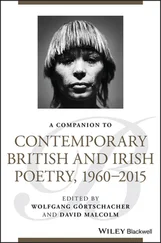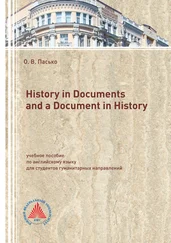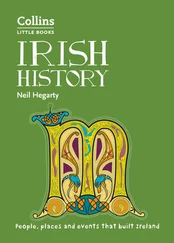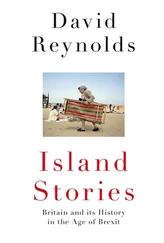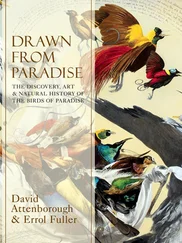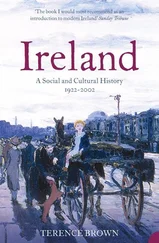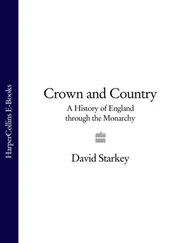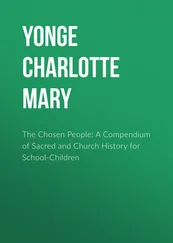ANGLES
Name applied in the 7th–10th centuries (OE, Engle) to inhabitants of Germanic culture in eastern parts of Britain, roughly (N–S) from the Firth of Forth to the R. Stour (in East Anglia). According to BEDE (in 731), they were derived from Continental Angles, who lived in and were named after Angeln on the Jutland peninsula (in modern N Germany), and who were one of three Continental peoples who produced migrants to Britain (5th–6th centuries). The connection between Angeln and Britain is affirmed by archaeological evidence (e.g., cruciform brooches worn by women). In Britain, ‘Angles’ formed one of two large groupings of Germanic inhabitants (alongside SAXONS).
By the late 6th century there was a kingdom of EAST ANGLIA (roughly modern Norfolk and Suffolk in E England), although its rulers may have been of Swedish rather than Anglian origin; its inhabitants are recorded as ‘East Angles’ (e.g., in the TRIBAL HIDAGE). According to Bede, peoples W of East Anglia were ‘Middle Angles’ (though there was no Middle Anglian kingdom), and rulers and inhabitants of MERCIA, DEIRA and BERNICIA were also Angles. (The Anglian area must have included Britons and other inhabitants.)
The name Angles was used in Latin (‘Angli’) by Gregory the Great (Pope 590–604) for all Germanic inhabitants of Britain, a practice followed by Bede (though he also distinguished Angles, Saxons and others) and other 8th‐century writers. From the later 9th century, Anglian identity was the basis for the promotion of a broader ‘English’ identity, which eventually superseded narrower identities ( see ENGLISH). See also GERMANIC IMMIGRATION, SOUTHERN BRITAIN.
ANGLESEY
An island off NW Wales; from Old Norse, Ongulsey, meaning ‘Ongull's island' (Welsh, Môn, meaning unknown).
Until late 1282 Anglesey contained the chief court (Welsh llys ) of the kings of GWYNEDD at Aberffro. After the English conquest of native Wales, Anglesey became a shire (1284–1974; then a district within Gwynedd county; a unitary authority from 1996). Once renowned for agricultural wealth, Anglesey was linked to the mainland by the Menai suspension bridge designed by Thomas TELFORD (built 1819–26), and by the Britannia railway bridge (1846–9).
ANGLICAN COMMUNION
An international association of autonomous Churches, mostly derived from the Church of ENGLAND and in communion with the see of CANTERBURY (SE England), dating from the 19th century. The Churches of England and Ireland were informally associated in the 16th–18th centuries (united 1801–70), and those churches with the EPISCOPAL CHURCH IN SCOTLAND (from early 18th century).
Churches based on the Church of England’s episcopal organization, liturgy and doctrine were created after AMERICAN INDEPENDENCE, starting with the Protestant Episcopal Church in the USA (1789). Thereafter, Churches were founded in the BRITISH EMPIRE through the consecration of bishops in England (e.g., bishop for NEW SOUTH WALES, 1836) and development of provinces (groups of dioceses). In 1867, at the request of the Canadian Church, Archbishop Charles Longley held the first ‘Lambeth Conference’ of bishops (in England) to consider problems of doctrine and governance. Conferences were held thereafter at roughly 10‐year intervals (without legislative authority). In 2015, the Communion comprised 38 provinces and six other jurisdictions. See also MISSIONARY SOCIETIES.
ANGLICIZATION, IRELAND
English and Welsh immigrants settled widely after the Anglo‐Norman invasion (1169–70), and English institutions and culture were introduced ( see NORMANS, IMPACT ON IRELAND). But Gaelic culture endured and aspects were adopted by Anglo‐Irish inhabitants despite prohibition ( see KILKENNY, STATUTE OF).
From the 1530s the English government aspired to ‘civilize’ the Gaelic Irish by spreading English culture and reformed Christianity. In the 16th–17th centuries, the reassertion of English government, immigration by English and Scots for PLANTATIONS, and the CROMWELLIAN LAND SETTLEMENT spread English and English customs. During the 18th century, following the demise of the Gaelic LEARNED CLASSES, Gaelic Irish people (including Catholic clergy) increasingly adopted English. By 1851, only 5% of the population were monoglot Irish speakers. In the 20th century, English remained the primary language, and English law and culture persisted in southern Ireland. See also IRISH LANGUAGE AND LITERATURE.
ANGLICIZATION, SCOTLAND
Most English influences have been imported rather than imposed from outside. Scots, derived from northern English, replaced Gaelic in the Lowlands in the 12th–16th centuries, and English Bibles were influential from the REFORMATION (1560).
After the UNION OF ENGLAND AND SCOTLAND (1707), English influences steadily increased. They were transmitted by nobles (especially peers), who lived and married in England and educated their children there, while writers of the Scottish ENLIGHTENMENT purged their language of Scottish idioms. Connections with England were strengthened from the 1840s by RAILWAYS. In the late 19th century landlords and urban upper middle classes became increasingly anglicized, through adherence to the EPISCOPAL CHURCH, which was strongly influenced by the Church of ENGLAND, and through attendance at new schools modelled on English ‘public schools'. Many institutions, however (in LAW and EDUCATION, and the presbyterian churches), and aspects of life (e.g., DIET) were resistant to English influences. See also SCOTTISH LITERATURE IN ENGLISH; SCOTS LANGUAGE AND LITERATURE; GAELIC LANGUAGE AND LITERATURE, NORTH BRITAIN AND SCOTLAND; GAELDOM, SCOTLAND.
ANGLICIZATION, WALES
In 1800, probably 80% of the population of Wales spoke Welsh, and the great majority knew no other language. By 1900, the number of Welsh speakers doubled, but the proportion fell to 50%. Most subsequent censuses registered decline. By 1991, 18.7% of the inhabitants of Wales (511,000) claimed a knowledge of Welsh. However, the situation appeared to be stabilizing and centres of growth could be discerned.
Causes of the decline in the proportion of Welsh speakers included the impact of immigration; the influence of English mass media; the assumption that English is more genteel and more useful; and indifference or hostility of schools – though from the 1940s schools generally supported Welsh and many WELSH‐MEDIUM SCHOOLS were established. In 2011 Welsh was spoken by 19% of usual residents aged 3 and over. See also WELSH LANGUAGE AND LITERATURE; BROADCASTING, WALES.
ANGLO‐DUTCH WARS
Three naval wars between England and the Dutch Republic, between 1652 and 1674. Their principal cause was commercial rivalry, in Africa, Asia and N America, but dynastic and religious factors were involved.
The first war, during the COMMONWEALTH period, was triggered by Dutch resentment of the 1651 NAVIGATION ACT. Fleets clashed in April 1652, and England declared war on 30 June. The war was ended by the treaty of Westminster (5 April 1654). The Dutch accepted the Navigation Act and agreed to deny assistance to the exiled King CHARLES II.
After Charles’s RESTORATION (1660), suspicions of Dutch ties with English republicans contributed to war from Feb. 1665. James, duke of York, defeated the Dutch at the battle of Lowestoft (3 July). In 1666, fleets clashed in the North Sea on 1–4 June (so‐called ‘Four Days Battle’). In 1667 the Dutch attacked English ships on the R. Medway (12 June, the ‘Black Day’). Peace was agreed on 21 July (treaty of Breda, including confirmation of England’s possession of NEW YORK). The earl of CLARENDON was dismissed in Aug.
Читать дальше
